Advertisement
Generative artificial intelligence helps companies develop new ideas and overcome challenges. It can code, design, write, and converse. However, simply applying artificial intelligence won't produce the desired effects. You have to use it correctly. The first and most crucial stage is deciding on the correct use case for artificial intelligence. The wrong one can waste money and time.
However, the correct one will save effort and enhance your work. Many businesses are enthusiastic about artificial intelligence, but results are not always forthcoming. That's because they fit AI with the incorrect problem. In this guide, we will define a use case, discuss how to select one, and show how wise decisions can lead to success with generative artificial intelligence in a basic, straightforward manner.
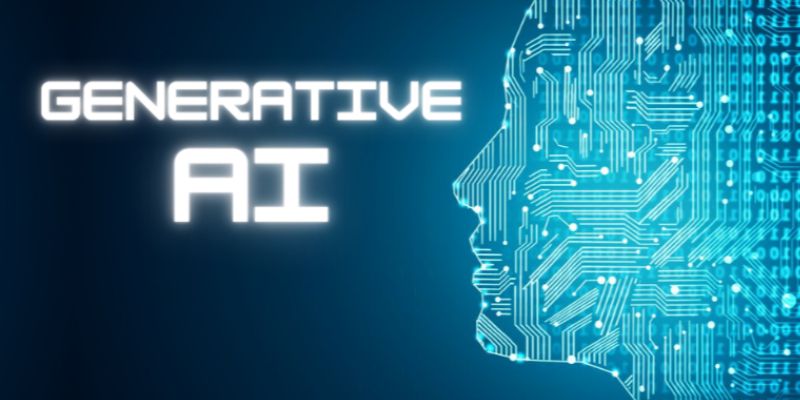
One kind of artificial intelligence capable of producing fresh objects like text or graphics is generative AI. It learns from large amounts of data and creates something new based on that learning. ChatGPT and image generators use this type of artificial intelligence. They examine codes, images, or language to grasp how things work. Then, they create something practical using that information.
Generative artificial intelligence can write stories, create programs, design logos, and answer questions. By grouping lengthy papers or creating reports, it can also save time. Many businesses use it for quick and easy job completion. However, you must use it for the proper type of work if you want the finest outcomes. If you choose the incorrect task, the artificial intelligence might not be of benefit. One should select the optimal use case carefully. In this sense, generative artificial intelligence has become a valuable, innovative tool.
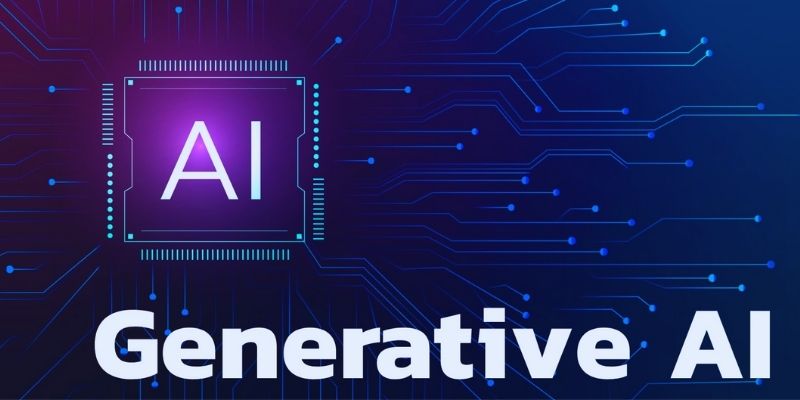
A use case is a task where artificial intelligence solves a problem. It's like assigning artificial intelligence to real-world tasks like answering queries or drafting emails. Selecting the correct use case is rather crucial. An excellent one consists of three basic elements: simple use, great value, and clear objectives. First, everyone should know what success looks like, as the project should have a defined aim. Second, completing the work should greatly benefit your company or team.
Third, the work ought to be something artificial intelligence can handle successfully. A use case also lets you see whether artificial intelligence operates as expected. Knowing the job will help you monitor the outcomes. It clarifies whether artificial intelligence is valuable or not. If you choose a different use case, the AI might be useless. It could be challenging to operate or offer inadequate responses. Thus, selecting the correct use case is essential.
Apply a basic approach to select the appropriate use case. Look at the objectives of your business first. Identify tasks that squander money or time. These provide decent bases. See whether artificial intelligence could assist with such tasks. AI excels with content, trends, or quick conclusions. Another potential fit for artificial intelligence is creative or repetitive tasks. Then, put test artificial intelligence on a little project. Try not to make significant changes. Start with a basic task. View the AI's performance here. If it proves successful, expand from there. This detailed guide enables you to apply artificial intelligence in innovative and practical contexts.
Good use cases usually share these signs:
For example, customer support is a great use case. AI can answer simple questions 24/7, freeing up staff and improving service.
Strong use cases for generative artificial intelligence include these:
Matching artificial intelligence's strengths with your company's needs is crucial if you want its finest results. AI excels in data processing, content generation, and pattern recognition jobs. AI may rapidly produce text, examine vast volumes of data, or identify trends people might overlook. AI is not flawless. It might struggle with jobs requiring extraordinary inventiveness, sophisticated decision-making, or human judgment. Thus, You should consider what your company needs before applying artificial intelligence.
Look for jobs where artificial intelligence can do simpler, faster, and better than humans. These tasks include summarizing lengthy reports, providing customized product recommendations, or responding to consumer inquiries. When artificial intelligence matches the job, it saves money and time and facilitates more effective team collaboration. Applying artificial intelligence for the incorrect purposes could lead to mistakes or ambiguity. Matching artificial intelligence skills with company needs leads to innovative development and success.
Selecting the appropriate use case is essential if generative artificial intelligence is to have actual usefulness. It increases work quality, helps save time, and cut expenses. Matching AI's capabilities with specific company requirements ensures success. For jobs it handles effectively, using artificial intelligence yields fewer mistakes and faster results. However, applying artificial intelligence to the wrong problems costs money and generates uncertainty. Start small, test carefully, and grow only when artificial intelligence shows value. Using the correct method, generative artificial intelligence becomes a potent tool for increasing output and innovation. Emphasize smart use cases to release AI's actual value for your company.
Advertisement

How to enable ChatGPT's new beta web browsing and plugins features using the ChatGPT beta settings. This guide walks you through each step to unlock real-time web search and plugin tools

Explore 5 real-world ways students are using ChatGPT in school to study better, write smarter, and manage their time. Simple, helpful uses for daily learning
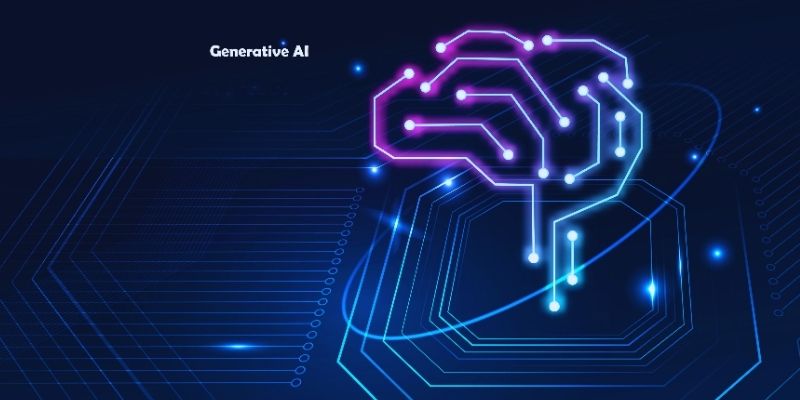
Discover four simple ways generative AI boosts analyst productivity by automating tasks, insights, reporting, and forecasting

How inference providers on the Hub make AI deployment easier, faster, and more scalable. Discover services built to simplify model inference and boost performance
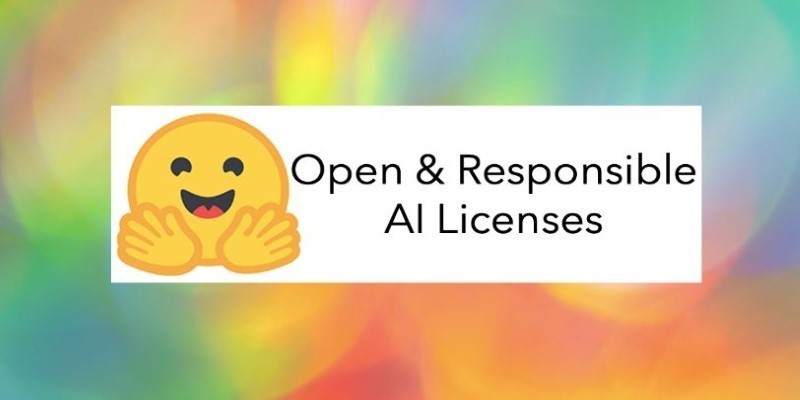
OpenRAIL introduces a new standard in AI development by combining open access with responsible use. Explore how this licensing framework supports ethical and transparent model sharing

Why teachers should embrace AI in the classroom. From saving time to personalized learning, discover how AI in education helps teachers and students succeed

Argilla 2.4 transforms how datasets are built for fine-tuning and evaluation by offering a no-code interface fully integrated with the Hugging Face Hub

Is it necessary to be polite to AI like ChatGPT, Siri, or Alexa? Explore how language habits with voice assistants can influence our communication style, especially with kids and frequent AI users

Discover 8 legitimate ways to make money using ChatGPT, from freelance writing to email marketing campaigns. Learn how to leverage AI to boost your income with these practical side gigs
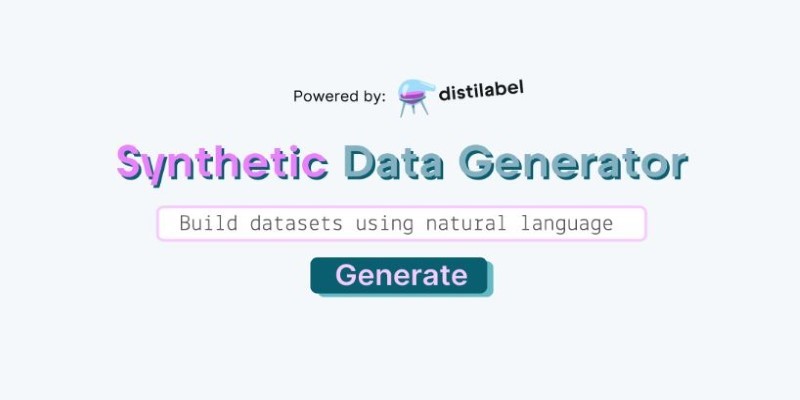
How a synthetic data generator can help you build training datasets using natural language. Speed up your AI development without writing code or using sensitive real-world data

AI prompt engineering is becoming one of the most talked-about roles in tech. This guide explains what it is, what prompt engineers do, and whether it offers a stable AI career in today’s growing job market
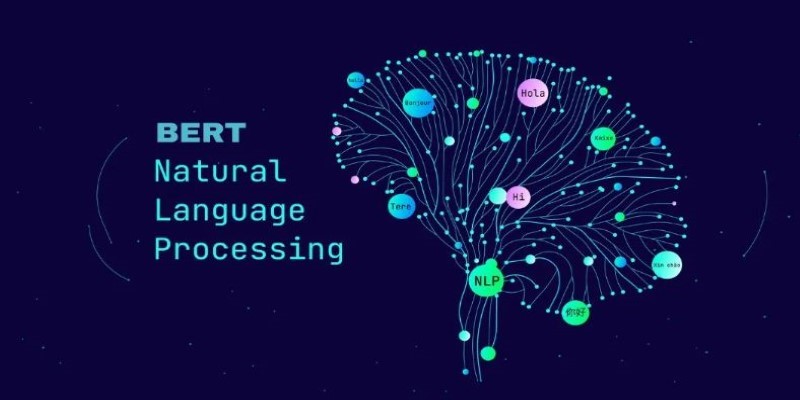
How the BERT natural language processing model works, what makes it unique, and how it compares with the GPT model in handling human language